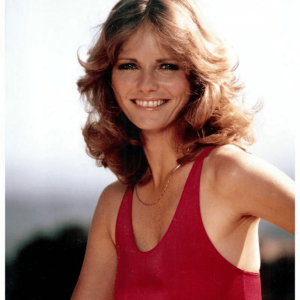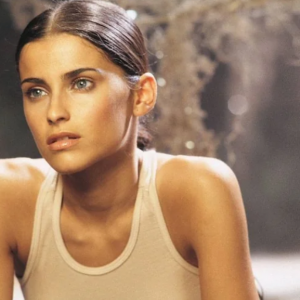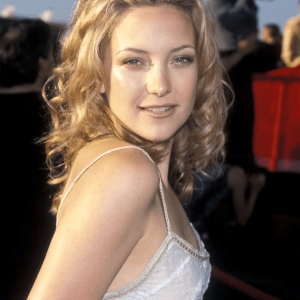You know a movie’s magic when it doesn’t just make you laugh—it sticks with you for decades. Night Shift (1982) is one of those rare gems. Directed by a then up-and-coming Ron Howard, the film fused unlikely casting choices with bold storytelling and launched Michael Keaton into comedy superstardom. But what really happened behind the scenes of this chaotic morgue-turned-escort-service comedy? Let’s unpack the juicy secrets, risks, and legendary moments that made Night Shift an unforgettable cult classic.
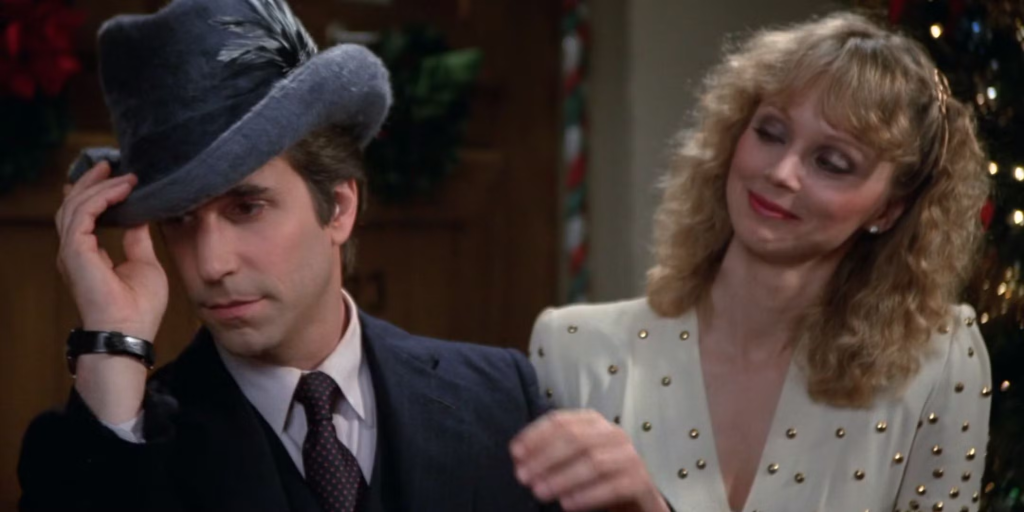
From Morgue Worker to Entrepreneur: A Plot Like No Other
Night Shift centers around Chuck Lumley (Henry Winkler), a mild-mannered morgue employee who’s perfectly content with his quiet, night-shift lifestyle. That is, until he’s partnered with the manic and wildly creative Bill Blazejowski (Michael Keaton), whose entrepreneurial schemes are as outrageous as they are illegal.
When the duo decides to run an upscale escort service out of the morgue, things spiral into hilarious mayhem. Add in Shelley Long as Belinda, their charming and sharp-witted neighbor, and the result is a quirky but surprisingly heartwarming comedy that pushes boundaries while staying rooted in strong character dynamics.
Video: Night Shift 1982 – Scene that makes the movie great
Michael Keaton’s Star-Making Performance
If Night Shift had one breakout force, it was Michael Keaton. At the time, Keaton was a relative unknown, and he had to audition multiple times before finally landing the role of Bill Blazejowski. But once he got it, he ran with it—literally. His hyperactive, rapid-fire delivery was unlike anything else in theaters at the time.
Keaton reportedly had a pre-scene ritual: blasting Bruce Springsteen’s “10th Avenue Freeze-Out” to get into character. That pumped-up energy translated into a performance that critics and audiences couldn’t ignore. It wasn’t just funny—it was electric. Keaton would go on to land major roles in Mr. Mom, Beetlejuice, and Batman, but this film was the spark that lit the fire.
Henry Winkler: The Fonz Takes a Sharp Left Turn

Known worldwide for playing “The Fonz” on Happy Days, Henry Winkler shocked audiences by taking on the role of Chuck—the reserved, rule-following straight man to Keaton’s chaos. This wasn’t just a creative decision. It was a calculated move to break free from being typecast.
Director Ron Howard confirmed that Winkler had his pick of roles and chose Chuck on purpose. Interestingly, Winkler’s steady presence didn’t just support the film—it elevated Keaton. He gave Keaton the space to go wild while anchoring the story with heart.
And while Winkler had doubts about Keaton at first, that onscreen friction ended up working beautifully. Their chemistry? Off the charts—and completely organic.
Shelley Long’s Risky Role Paid Off
Best known for her wholesome image on Cheers, Shelley Long took a leap of faith with the character Belinda, a New York escort with a heart of gold. Initially hesitant due to the role’s complexity, she dove deep into research before accepting it.
When she showed up to her audition dressed in character, Ron Howard was sold. Her performance brought warmth and humanity to the film, turning what could have been a caricature into a fully realized woman with wit, dreams, and compassion. Critics praised her for pulling off a delicate balance of humor and vulnerability.
Cameos, Easter Eggs, and Future Stars
Video: Scenes from “Night Shift (1982)”
If you watch closely, you’ll spot some surprising faces in Night Shift. A young Kevin Costner makes a blink-and-you’ll-miss-it appearance as a frat boy during the infamous morgue party. Shannen Doherty, just 11 years old, appears in a Girl Scout uniform in a memorable elevator scene.
Director Ron Howard and his brother Clint also pop up in small roles, continuing a tradition that Howard would repeat in nearly all his future films. These little appearances add to the movie’s cult appeal—part of the fun is spotting them on a rewatch.
Improv and Happy Accidents Made Movie Magic
Much of Night Shift‘s unique tone comes from the actors’ freedom to play. Michael Keaton, known for his improv skills, injected spontaneity into nearly every scene. One classic moment? When Bill gives a blind man a check instead of spare change. That wasn’t scripted—but it ended up being one of the most memorable scenes in the film.
Another fan-favorite goof: Shelley Long’s egg scene. Her character offers to make scrambled eggs, but clearly cracks them into a frying pan—only for them to be scrambled in the next shot. It’s a continuity blip that somehow adds to the film’s oddball charm.
A Soundtrack That Hit the Right Notes
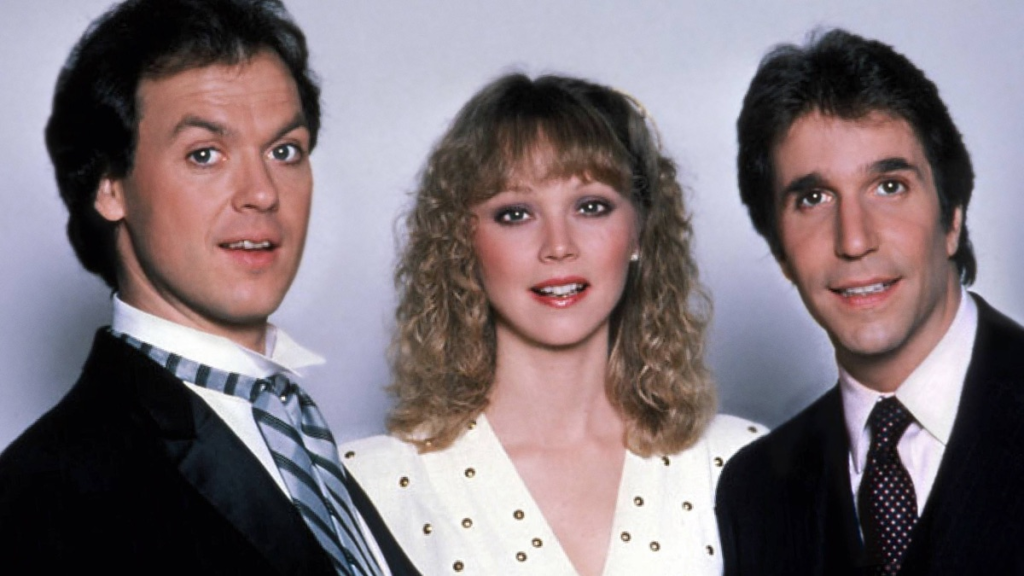
Beyond the laughs, Night Shift left its mark musically. The film introduced the world to “That’s What Friends Are For,” originally performed by Rod Stewart. A few years later, the song became a global hit and anthem for AIDS research thanks to Dionne Warwick, Elton John, Stevie Wonder, and Gladys Knight.
Other musical legends like Van Halen and the Rolling Stones also made the soundtrack feel bold and youthful—perfectly matching the film’s rebellious tone.
A Cult Classic That Still Resonates
More than 40 years later, Night Shift remains a time capsule of early ’80s charm. It captures the era’s ambition, eccentricity, and love for rule-breaking comedy. But at its heart, it’s a film about unlikely friendships, second chances, and finding your voice—even in the weirdest of places (like, say, a morgue).
Whether you’re in it for Keaton’s electric performance, Winkler’s heartfelt depth, or just the absurd concept itself, Night Shift delivers the kind of offbeat humor that still feels fresh. It’s a movie that took chances—and somehow, every one of them worked.
Conclusion: Why Night Shift Still Shines
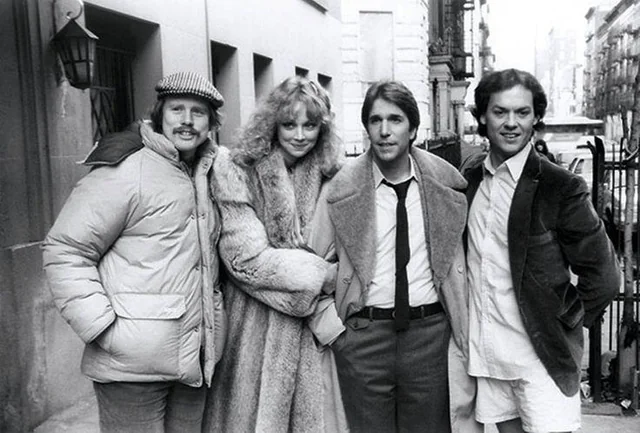
Night Shift is more than just a quirky 80s comedy—it’s a launching pad for talent, a masterclass in character chemistry, and a reminder that sometimes the strangest setups lead to the most memorable stories.
It introduced us to Michael Keaton’s star power, showcased Henry Winkler’s range, and gave Ron Howard the directorial confidence that would eventually lead to Apollo 13, A Beautiful Mind, and more. It’s a film built on risks, laughs, and a whole lot of heart.
So if you’ve never seen it—or haven’t watched it in years—it’s time to revisit the night shift that changed comedy forever. Don’t be surprised if you laugh harder than you expected. That’s the magic of a true cult classic.
